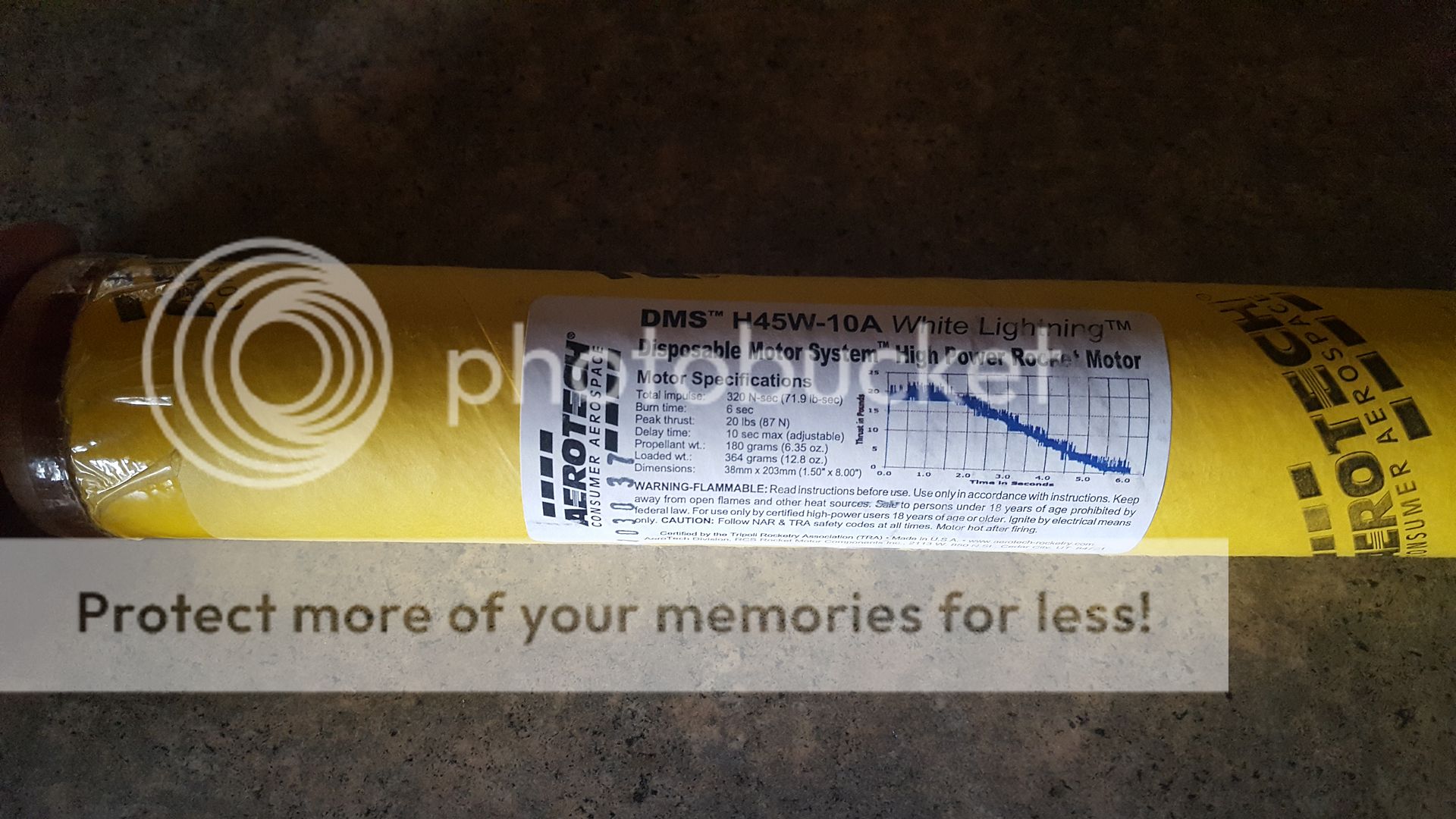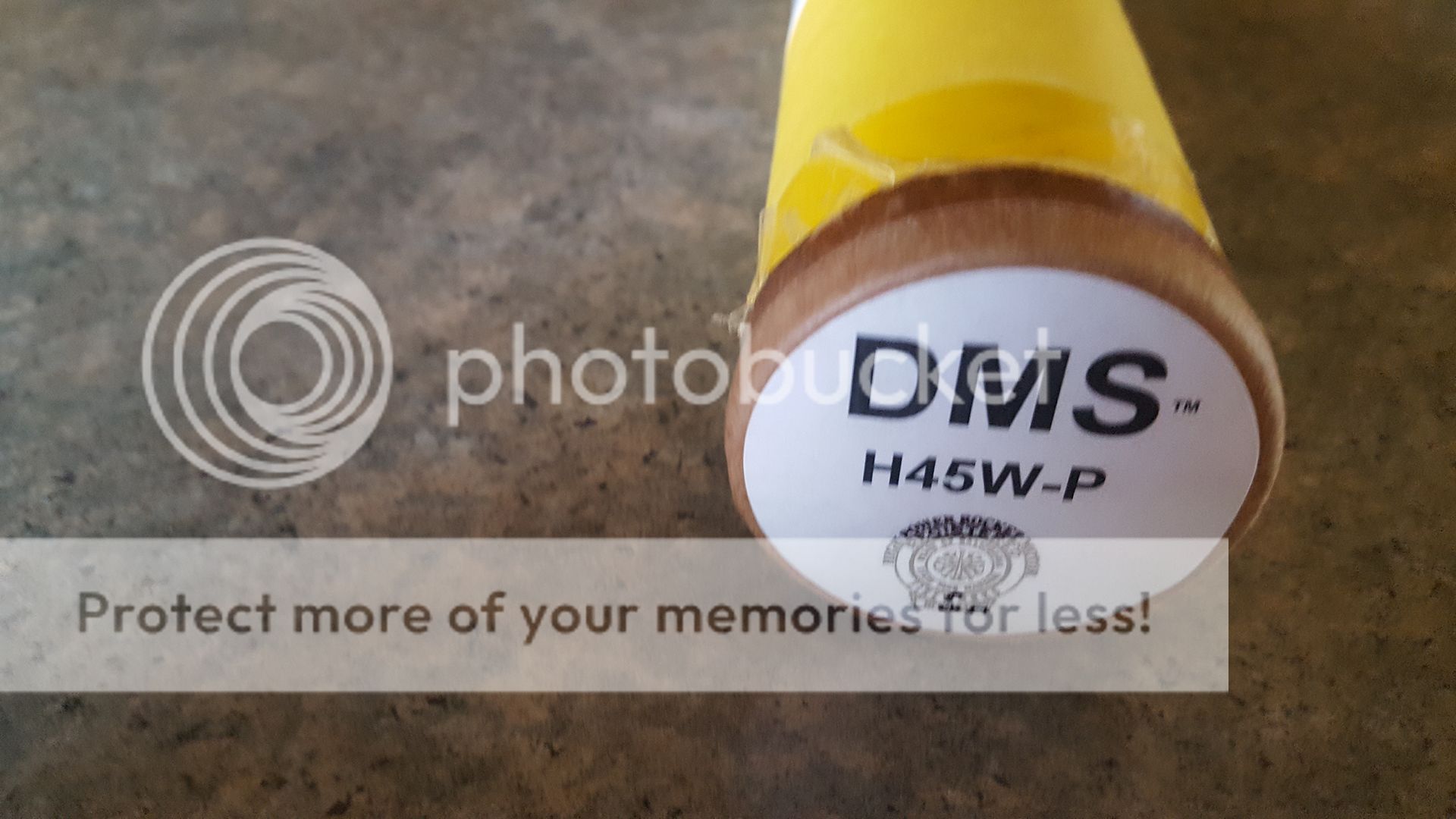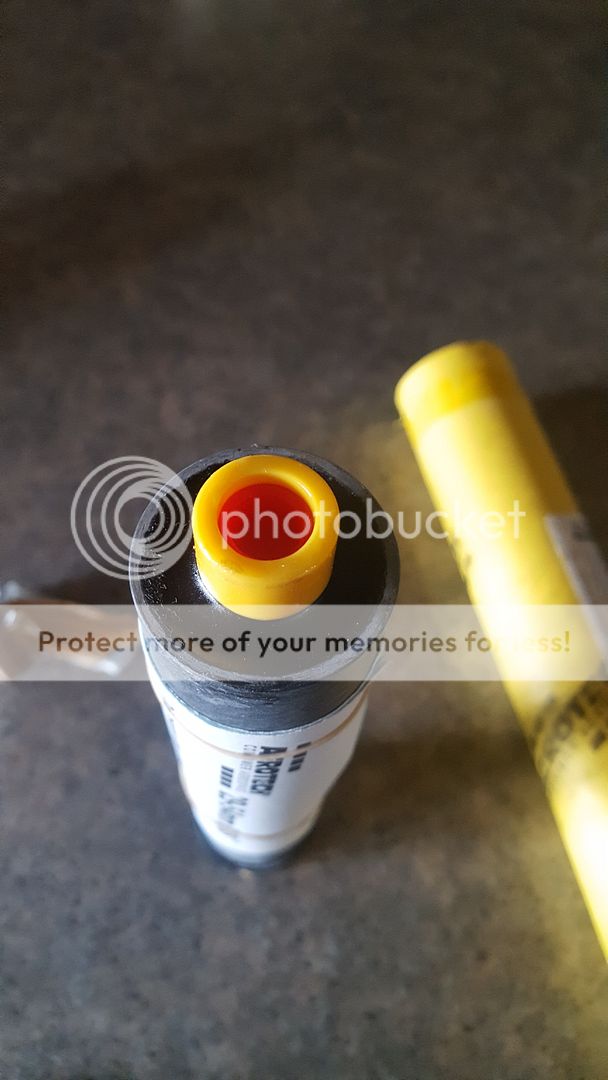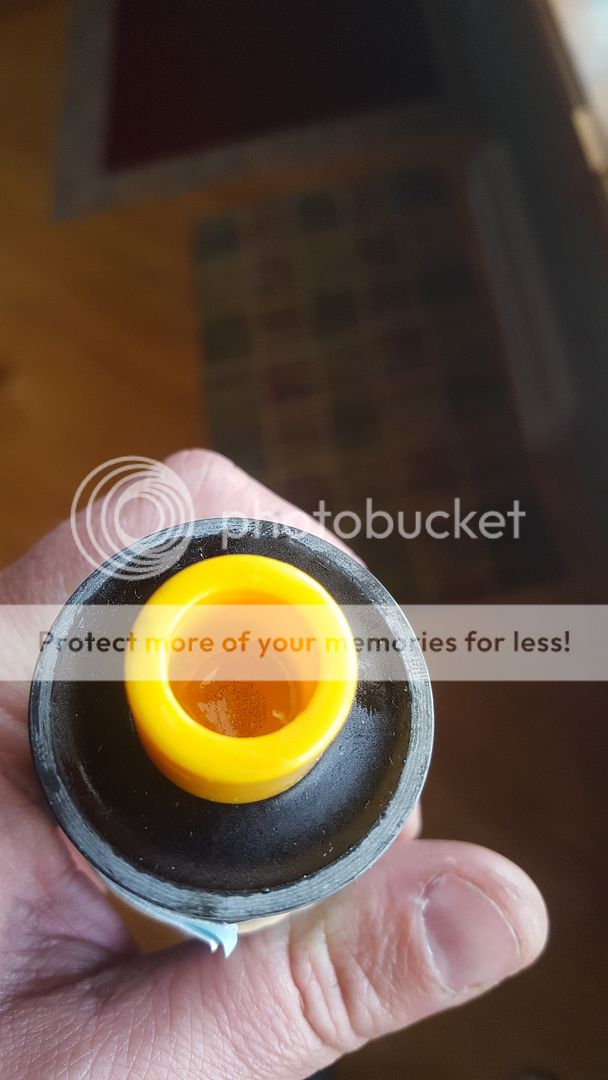I am getting my L-1 cert, and I do not want to use a reloadable motor, just for reasons, and I'd like to use the Aerotech H45W-P, as it is an HPR 38mm motor, and it has a low average impulse. The only problem, it has no delay (hence the "P").
What rocket are you flying for your L1 (model, weight)?
I can't think of any 38mm MMT rocket that would require the gentleness of a 6.0 second burn motor!
Keep it simple, and fly H100, or any of the other DMS motors.
For the full list of 38mm L1 DMS choices, look here:
https://www.siriusrocketry.biz/isho...evel-1-single-use-111/38mm-hp-single-use-165/
Is there any way I could add a delay to this motor, or would I need to get a different one (or is this motor still OK to use)?
Need a different motor, or single-deploy electronic
ejection with black powder charges and separate igniters.
If you've never flown such an arrangement before, don't go there for L1. Try it later. You will get there sooner or later, no need to rush and over-complicate things.
KISS !
My personal feeling is that if you are not ready for a reloadable motor and/or electronic ejection, you are not ready for level 1.
I will disagree here.
Assembling an RMS motor is not, nor meant to be, part of L1 certification validation. Building quality rockets that can withstand HP motor acceleration is. Getting them back in one piece definitely is.
RMS is yet another thing that can, and occasionally does, fail due to any number of variables, including user assembly error.
If anything, I would vote for the complication of a GPS tracker over RMS motor for L1/2/3 flight!
Everyone will migrate to RMS motors for cost/flight and motor availability reasons, sooner or later.
If getting an L1 cert is what keeps a person's interest in the hobby burning, then there is nothing wrong with flying a single-use motor for the cert flight, and exploring RMS motors / electronic ejection / DD /GPS trackers / staging / clustering later down the line.
YMMV,
a
P.S.: Speaking of RMS failures during cert flights, I had just that happen during my L1 flight! The time delay element expired after ~1 second of flight, and the ejection charge deployed at ~300 feet while the rocket was on the upward trajectory. That, in turn, transformed my L1 bird into a flying flame-thrower. Cool and painful to watch at the same time. I fixed the rocket and flew it again on RMS motors many times since then, but when the time came to retry L1 cert, I flew on H100 DMS motor just so that I would not have to worry about it.






 :surprised: Kurt (jocularly intended)~!
:surprised: Kurt (jocularly intended)~!


